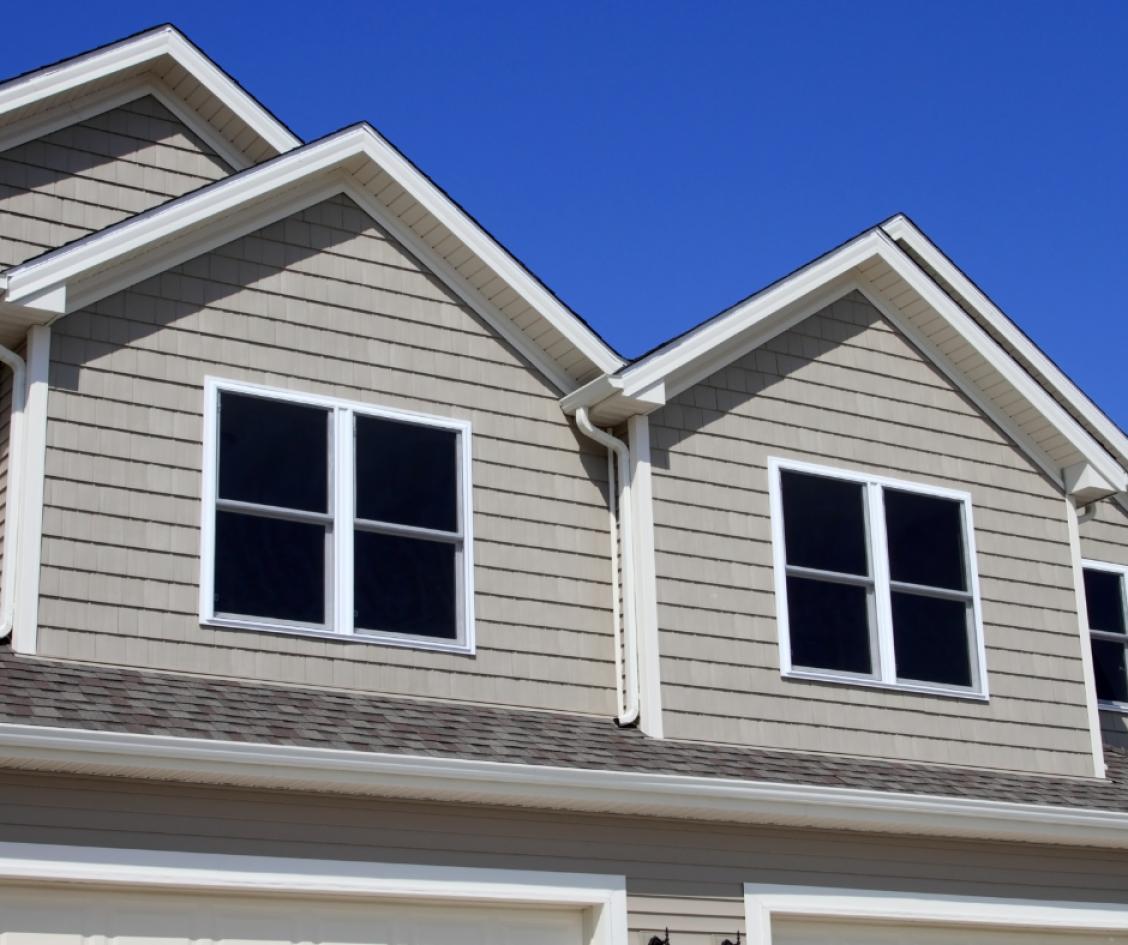Curb Appeal: Enhancing Your Home's Aesthetics with New Siding

The outside of your house is how it seems to the outside world, and first impressions count. A key component of making your house stand out and fostering a cozy, welcoming atmosphere is curb appeal, or how appealing it appears from the street. Replacing or installing new siding is one of the most dramatic methods to improve the exterior appeal of your house. We'll cover a wide range of topics in this in-depth talk, including the value of curb appeal, the function of siding in home aesthetics, various siding types, and the advantages of external revitalization.
The Importance of Curb Appeal
Curb appeal is a factor that goes beyond appearances. It has various effects on your house:
· Property Value: In general, homes with outstanding curb appeal are worth more money. Potential buyers may find your property more appealing if it has a well-kept and attractive façade.
· Neighbor interactions: Having a lovely home outside can have a good impact on your neighborhood interactions. It boosts neighborhood pride and may even motivate others to make improvements to their own houses.
· Personal Satisfaction: One might feel proud and satisfied of themselves when they have a gorgeous exterior. It prepares the groundwork for a cordial greeting each time you get back home.
· Environmental Impact: How your home looks on the outside can have an impact on how the neighborhood feels and looks overall, which has an impact on the environment. Beautiful neighborhoods are frequently safer and cleaner.
Curb Appeal Makeover with New Siding:
One of the main outside features of your home is the siding. It may dramatically increase curb appeal when kept up properly and has a pleasing appearance. This is how new siding can be beneficial:
· New Look: Your home looks instantly more modern with new siding. It creates a neat and appealing exterior by hiding flaws, stains, or wear-and-tear indicators.
· Versatility: Siding is available in an extensive array of colors, materials, and styles. Because of its adaptability, you can select the ideal siding to complement the architectural design of your house, your taste, and the neighborhood.
· Energy Efficiency: A lot of today's siding materials are made to increase the energy efficiency of your house. Selecting energy-efficient siding will reduce your utility costs while also improving curb appeal.
· Durability: Modern siding materials are frequently longer-lasting and more resilient. This will guarantee that your home's curb appeal lasts for years and relieve you of the need to worry about maintenance and repairs as often.
Materials and Choices for Siding:
It is essential to investigate the many materials and options available when thinking about new siding. These are a few of the most popular materials used for siding:
· Vinyl Siding: Vinyl siding comes in a variety of colors and textures, is inexpensive, and requires little upkeep, making it a popular option. It is impervious to rot, dampness, and insects.
· Fiber Cement: Fiber cement siding has a reputation for being strong and fireproof. With little upkeep, it can resemble brick, stone, or wood in appearance.
· Wood Siding: Wood siding has a traditional, organic appearance. Redwood and cedar are popular options. It has a timeless appearance, but it needs more upkeep.
· Stone veneer and brick: These materials offer your house a sophisticated, rich appearance. Although they cost more, they are quite durable and require little upkeep.
· Metal Siding: Usually composed of steel or aluminum, metal siding is minimal maintenance and long-lasting. It can offer a sleek and contemporary appearance.
· Composite Siding: By fusing different materials together, composite siding provides the advantages of many materials, including low maintenance and durability.
Selecting the Proper Side:
When choosing siding, there are a number of things to take into account
· Aesthetics: Select siding that reflects your taste and the architectural design of your house. Make sure the texture and color complement your vision.
· Budget: Establish your project's spending limit, taking installation charges into account. There are a wide range of pricing points for different siding materials, so it's important to choose one that you can afford.
· Climate: Think of the weather where you live. Certain siding materials are more appropriate in certain types of weather. For example, you might prefer a more resilient and insulated siding material in areas with severe winters.
· Upkeep: Determine how much you're willing to put into maintenance. Compared to wood or metal, other materials—like fiber cement or vinyl—need less maintenance.
· Energy Efficiency: Choose siding materials with strong insulation qualities if cutting down on energy use is a top concern. If you want to lower your energy costs, look for goods with high R-values.
Finally, adding new siding to your home is an investment in the overall appeal of your area, your personal happiness, and the value of your property. Siding that is both durable and energy-efficient can be installed professionally and with a significant increase in curb appeal. Never undervalue the transformational power of new siding to make your house a stunning, inviting space that makes an impression on everyone who sees it. The outside of your house serves as a canvas, and new siding is the finishing touch that gives your artwork vitality and charm.


